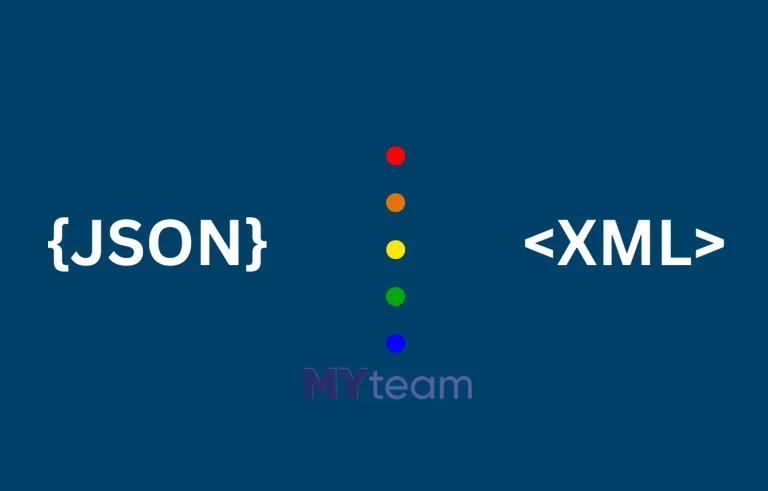JSON (JavaScript Object Notation)
JSON is a lightweight data exchange format that has become very popular due to its simplicity and support by most programming languages. Its main advantage is readability and simple structure. JSON consists of “key-value” pairs and supports arrays, objects, numbers, and strings. Thanks to its versatility, JSON is often used for APIs and mobile applications.
XML (Extensible Markup Language)
XML is a markup language that allows structuring data in the form of tree-like elements. XML provides more flexibility as it supports attributes and hierarchies, making it ideal for complex data structures. However, XML is often considered more cumbersome compared to JSON, especially for large amounts of information.
Choosing Between JSON and XML
The choice between JSON and XML depends on specific tasks. JSON is better suited for simple and fast data operations, while XML is preferable for complex systems where clear structure and data validity are essential. It’s important to know both formats as different projects may require either approach.
Using JSON and XML in Web Development
To work with JSON in JavaScript, the JSON.parse() method is used to parse data and JSON.stringify() for serialization. For XML, popular processing methods include using DOM (Document Object Model) or SAX (Simple API for XML).
Understanding the basics of working with JSON and XML is important for every developer. Each of these formats has its advantages and limitations, and the choice between them depends on the specifics of the project.



